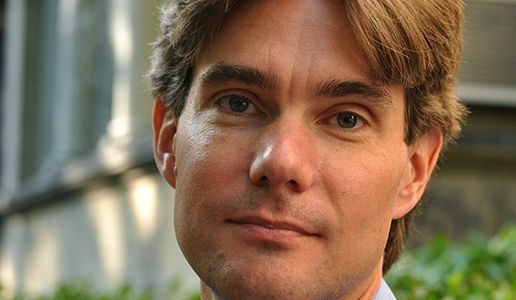Selin in Mosaic on Mercury Poisoning
Henrik Selin, Associate Professor of International Relations at the Frederick S. Pardee School of Global Studies at Boston University, was recently interviewed on an article examining the reaction of the international community to the long-felt health and environmental impacts of mercury seeping into Minamata Bay, Japan from 1932 to 1968.
Selin was quoted in an September 26, 2017 article in Mosaic entitled “Something in the Water: Life After Mercury Poisoning.”
From the text of the article:
The experts in Providence express cautious hope as well. “All of the pieces are in place for the international community to be able to move forward if they want to,” says Boston University’s Henrik Selin, a professor of international relations who visited Minamata and nearby Kumamoto City in 2013, when the convention was first opened for signatures.
The convention comes with a long checklist of deadlines. Nations must immediately give up building new mercury mines and, within three years, they need to submit a plan of action to come to grips with small-time gold miners. By 2018, they need to have phased out using mercury in the production of acetaldehyde – the process that poisoned Minamata is still in use. By 2020, they need to have begun phasing out products that contain mercury.
But beyond that, the actual decision-making power on mercury control comes from those Conferences of the Parties, starting in Geneva. It isn’t yet clear which countries will pony up the cash to pay for campaigns to raise awareness about the dangers of mercury, for example, Selin says. Nor is it clear whether countries like China, and especially India – who were dragging their feet in 2013 with the argument that stricter mercury standards would be prohibitively expensive – can be convinced to beat the deadlines.
Henrik Selin conducts research and teaches classes on global and regional politics and policy making on environment and sustainable development. His most recent book is EU and Environmental Governance, by Routledge Press, and is also the author of Global Governance of Hazardous Chemicals: Challenges of Multilevel Management by MIT Press.
